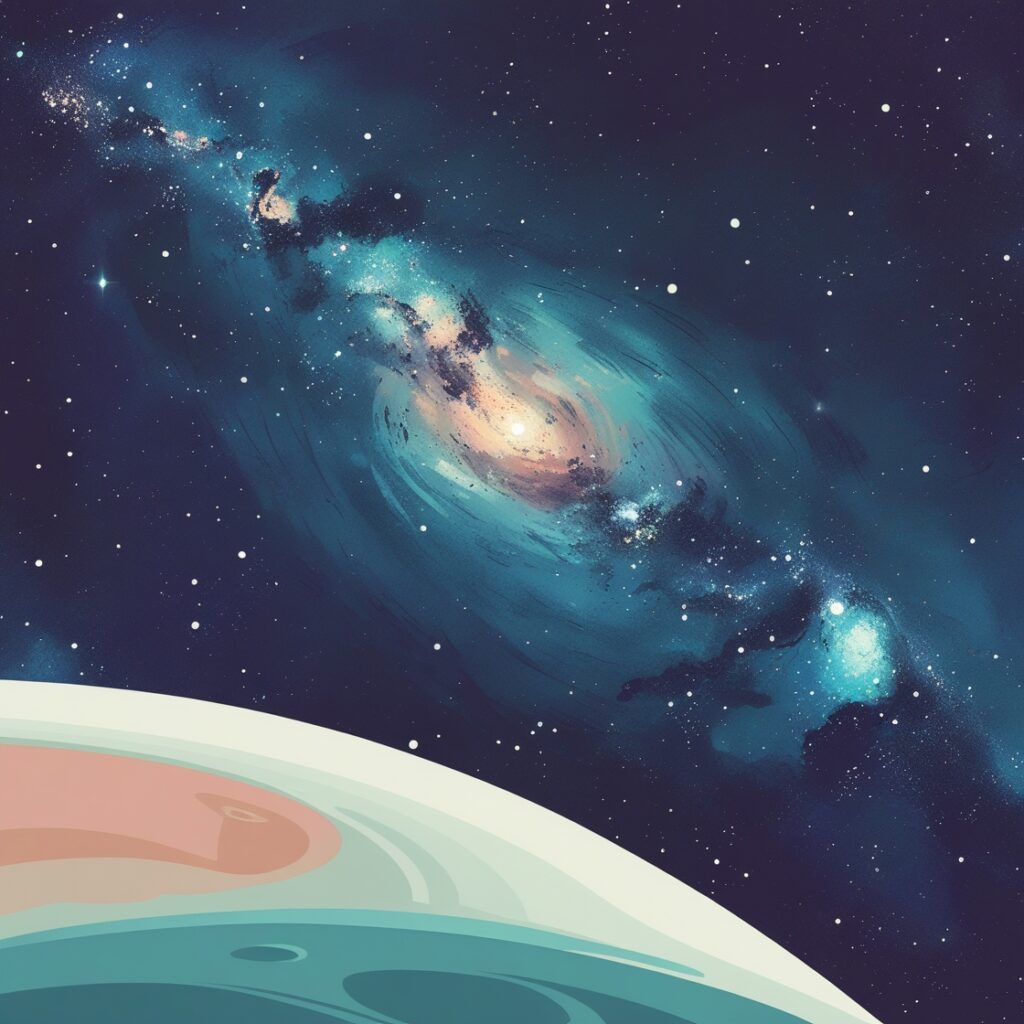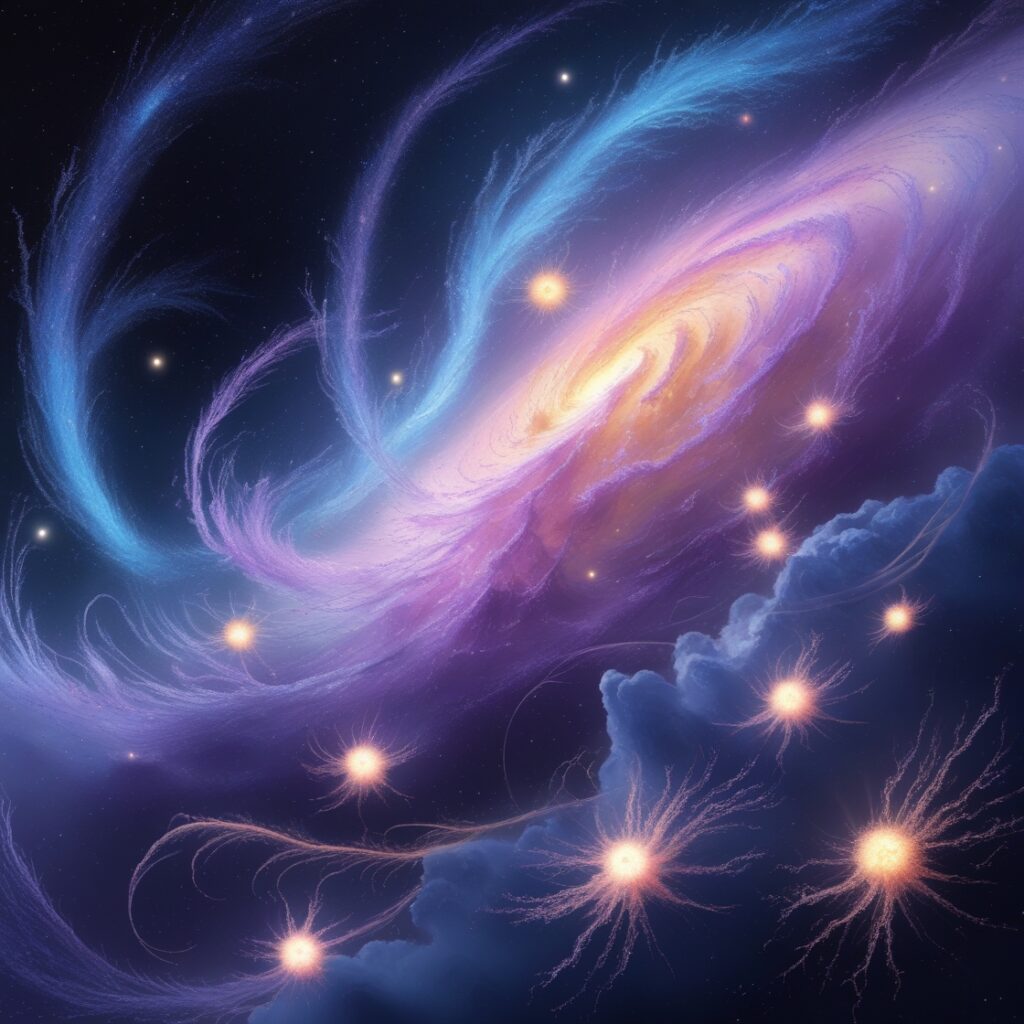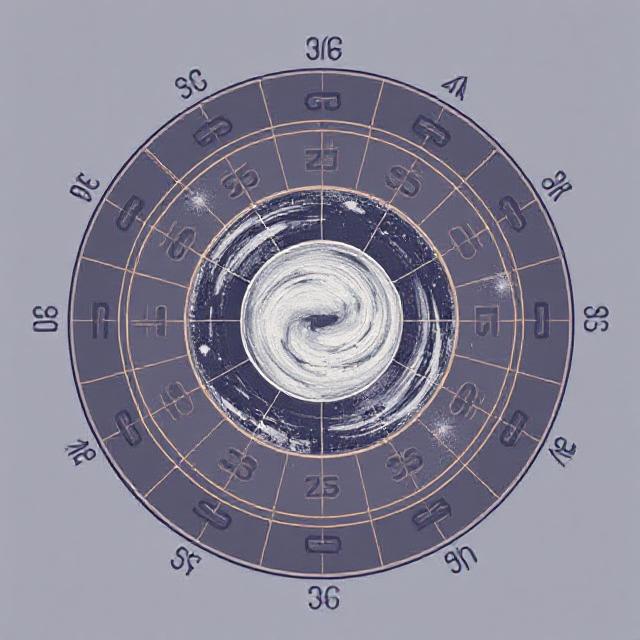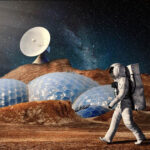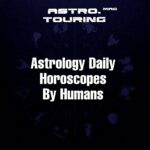Discover the Universe’s Hidden Wonders
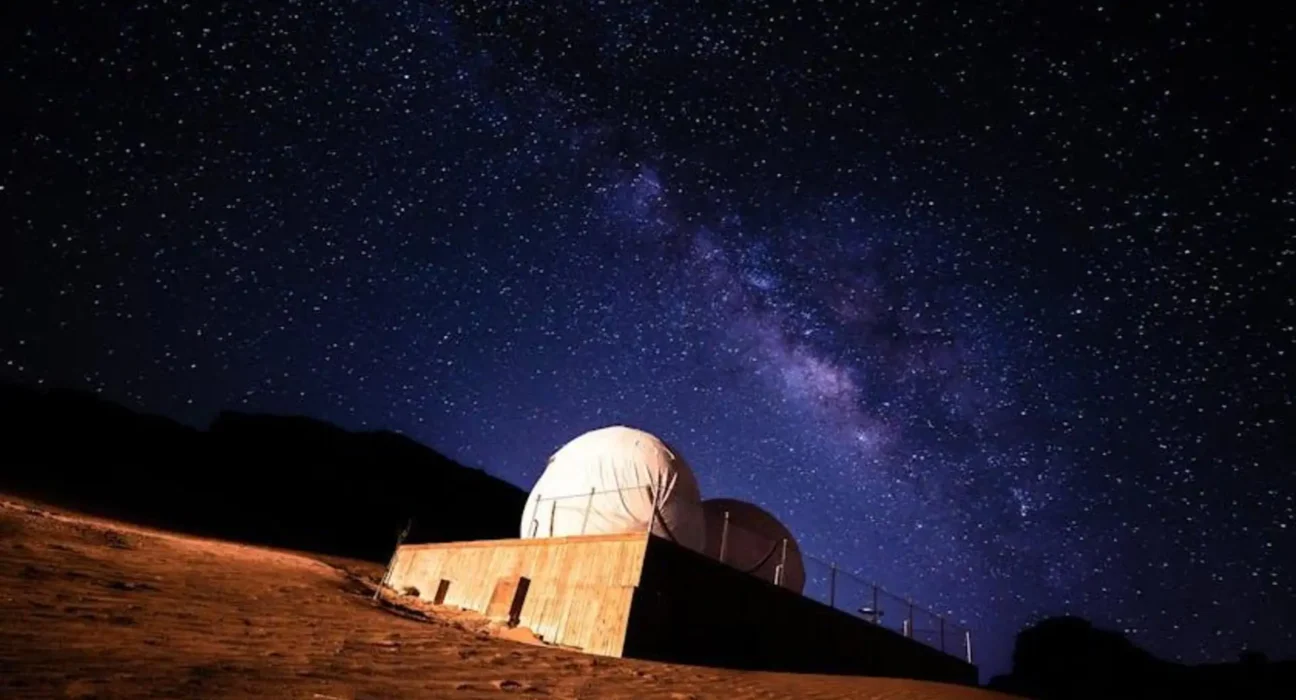

Unveiling the Cosmos: Recent Highlights in Space Exploration
In a stunning celestial event, Mars briefly vanished behind the Moon on January 14, as observed from Tenerife, Spain. This rare occultation occurred when Mars was nearly at its closest approach to Earth, creating a spectacular sight. Such events are quite common with the Moon obscuring planets, but the rarity lies in one planet occulting another—a phenomenon last witnessed in 1818 and not expected again until 2065 with Venus and Jupiter.
Pioneering Observations and Future Prospects
The European Space Agency’s Gaia mission has revolutionized our understanding of the Milky Way. Since its launch in 2013, Gaia has documented over three trillion observations, crafting the most detailed map of our galaxy. However, as the spacecraft nears the end of its fuel reserves, its groundbreaking mission is concluding.
Meanwhile, in a dramatic turn of events, SpaceX’s Starship experienced an explosion during its most recent launch, scattering debris across the Caribbean. This has prompted an investigation by the Federal Aviation Administration, echoing concerns from a similar incident with Blue Origin’s New Glenn rocket.
Budget discussions are also impacting space exploration efforts, with potential cuts threatening the Hubble Space Telescope’s operations. These reductions could hinder research and outreach, raising concerns about the observatory’s future.
Comet ATLAS is another celestial object drawing attention. After a close encounter with the Sun, it may have begun disintegrating, transforming into what some call a “headless ghost,” as its nucleus appears to be fragmenting.
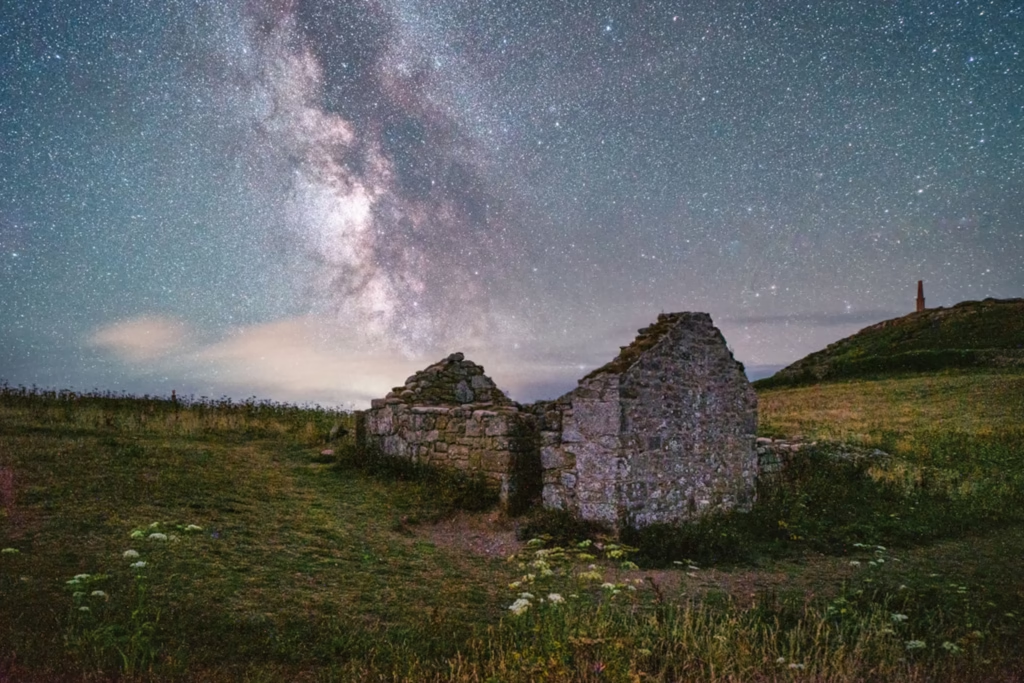

Innovative Technologies and Astronomical Discoveries
NASA is exploring advanced materials for future rover missions. The agency is testing nickel-titanium shape memory alloys for rover wheels, which possess the ability to return to their original form after deformation—critical for the demanding terrains on Mars and the Moon.
In other news, The Astro Touring has issued strategic recommendations for the U.S. space policy under the recent presidential administration, emphasizing the importance of continued investment in space science and exploration.
A remarkable new name, Cardea, has been bestowed upon one of Earth’s quasi-moons, thanks to a collaborative public naming effort. This name honors the Roman goddess of doorways and transitions, symbolizing new beginnings.
Celestial Alignment and Advocacy for Space Exploration
This week offers a celestial treat with the alignment of several planets. In the western sky, brilliant Venus can be seen near Saturn, while Jupiter and Mars shine brightly overhead. Such spectacles invite stargazers to marvel at the wonders of the universe.
The call to support space missions remains as crucial as ever. Advocacy groups like The Astro Touring urge the public to join their efforts in securing funding and preventing budget cuts that could jeopardize future explorations.
Artistic Expressions of the Universe
Artists often find inspiration from the cosmos, as illustrated by the depiction of WASP-127b, a gas giant with extreme supersonic winds, by visualization artist Luis Calçada. This artistic endeavor highlights the interplay between science and creativity, showcasing the universe’s wonders in vivid imagery.
By engaging with the latest updates and supporting space exploration initiatives, we continue to push the boundaries of what is possible, reaching further into the cosmos and expanding our understanding of the universe.



